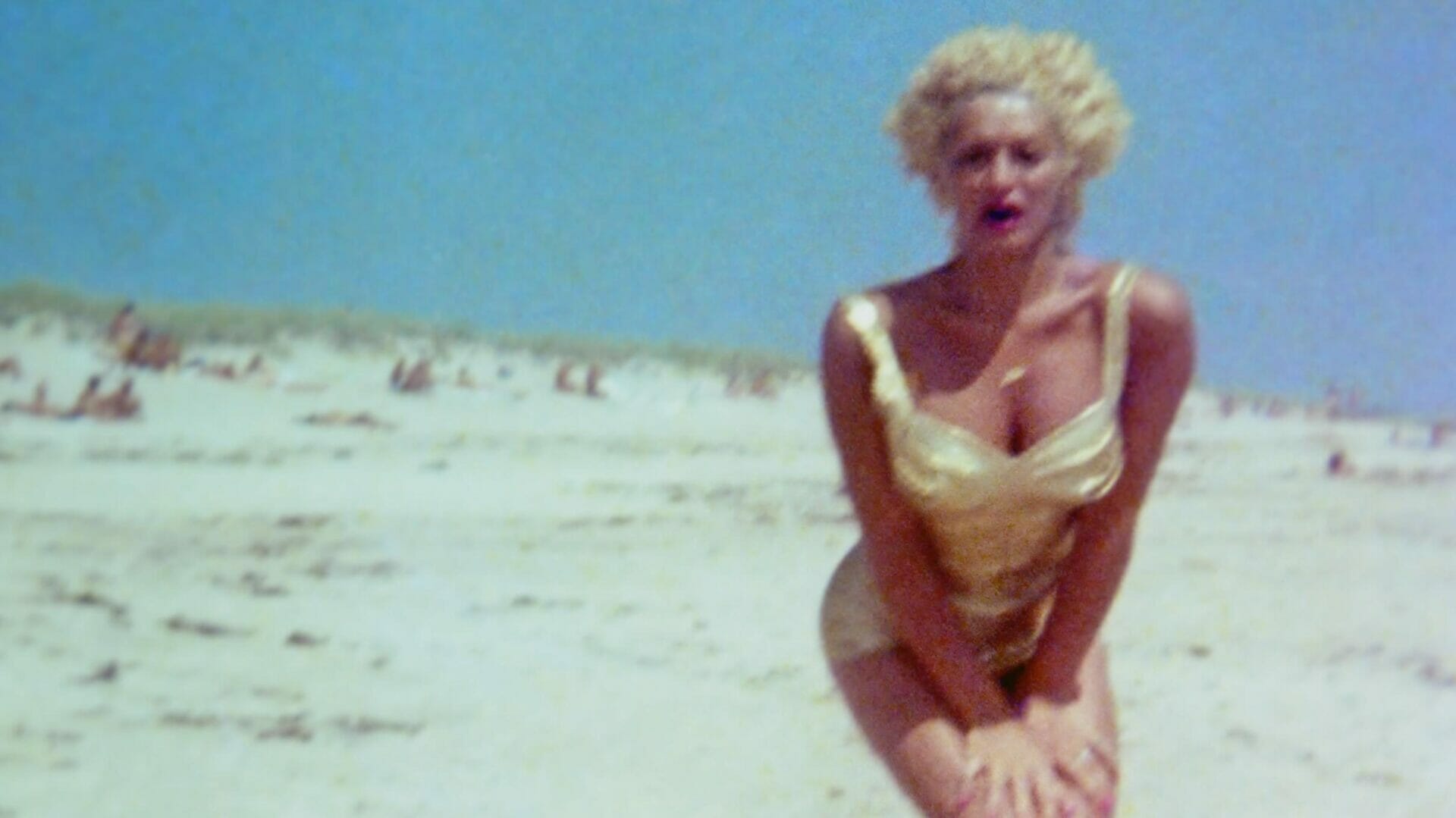
Elephant | A coalescence of beautiful influences
Artist
Year
Country
Tracks
Runtime
Produced by
Genre
Formation
Elephant is the fourth studio album by the American indie rock duo The White Stripes, a group from Detroit made up of Jack and Meg White. Formed in 1997, for four years until 2000, the two were a husband and wife team. Jack had taken his wife’s surname, which they also used for their band. They recorded Elephant in 2002 in the Toe Rag analog studio in London. Jack White, who self-produced the album, eschewed computerized equipment and used an 8-track tape machine and recording gear that pre-dated 1963.
This was partly an attempt to get back to and reproduce the pared-down, raw sound originally laid down by some of their main influences. These included noted Mississippi bluesmen Robert Johnson and Son House. In 1999, the band had dedicated their first album – called The White Stripes – to House. They also included covers of two of his songs on their first and second albums. Detroit rock journalist Chris Handyside, who in 2013 would pen a biography of the White Stripes, tried to summarise their sound. He wrote on the Allmusic website that “all DIY punk-country-blues-metal-singer songwriting duos should sound this good.”
Back to basics
For their part, both Jack and Meg White frequently cite influences ranging from the pioneers and stars of Delta Blues, folk icon Bob Dylan, via country stalwarts such as Loretta Lynn, to the two British rock titans who revered the same blues influences as them, namely The Rolling Stones and Led Zeppelin. The White Stripes were so good and mattered so much because they took this crossover between Black American music, rock, and traditional folk and country, and acknowledged themselves as the direct inheritors of these musical influences.
The New York Times summarised it pithily: “They have made rock rock again by returning to its origins…” When Elephant went double-platinum in the U.K. and platinum in the U.S., it prompted the legendary British journal New Musical Express to hail it as the pinnacle of the band’s career.
A pared-down style
The late nineties garage rock and post-punk scene saw bands like The Strokes, The Libertines, and The Killers rise to prominence. They then broke through to the mainstream. In trying to return to a more sparse, less cluttered rock sound, they reflected the less-is-more approach, which saw The White Stripes naming their second album De Stijl, after a Dutch artistic movement that epitomized this minimalist aesthetic. Jack White dedicated the album not just to famed bluesman Blind Willie McTell but to furniture designer Gerrit Rietveld from the De Stijl movement, echoing White’s earlier apprenticeship in upholstery.
Seven Nation Army
This minimalist style came across in the use of the band’s iconic white, red and black colors, and repetitive diamond design in the video for the single Seven Nation Army. This was the first song on Elephant. It topped the Billboard chart, and won a Grammy for Best Rock Song, while Elephant itself won Best Alternative Music Album.
This song’s gritty guitar riffs and repetitive beat counterpointed with the second of four singles from the album. It was the cover version of the Burt Bacharach song I Don’t Know What to Do With Myself, itself originally recorded by R ‘n B singer Chuck Jackson and re-released by Dusty Springfield in the U.K. Two more singles followed, The Hardest Button to Button, and There’s No Home for You Here.
Rock rooting in blues and folk music
The multiple musical influences of the band rise to prominence in Jack White’s guitar style, often reminiscent of that of The Rolling Stones’ legendary rhythm guitarist Keith Richards, as well as Led Zeppelin’s Jimmy Page. In fact, White often opts for the regular three blues guitar tunings – Standard, Open D, and Open G – the latter often played on one of his guitars of choice, the Fender Telecaster. This eternally versatile electric guitar was first introduced by Leo Fender, from Fullerton, California, in 1950, and became influential in the development of electric blues, country, and rock and roll.
Keith Richards, for instance, used Open G tuning to record the Stones’ epic Brown Sugar, on a blonde 1954 Blackguard Telecaster he nicknames ‘Micawber.’ This is the character from Charles Dickens’ novel, David Copperfield. White’s nods to the influence of Richard’s guitar style – as well as the joyful admittance of his musical inheritance – is just one of many reasons behind the scope of his music-making. A man who took what came before him, and then became more than a sum of these parts, turning out a sound of his own.
Tag
Buy a ☕ for Hypercritic









